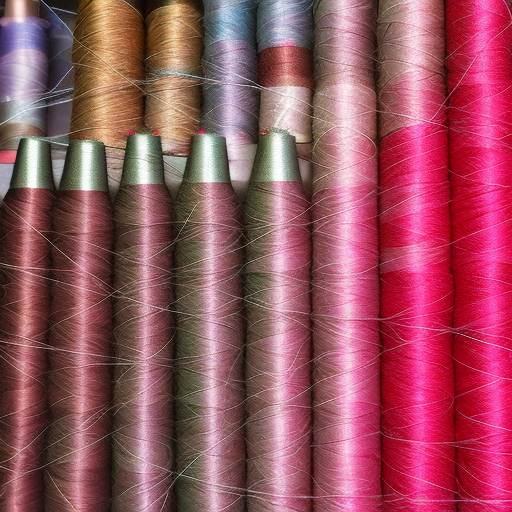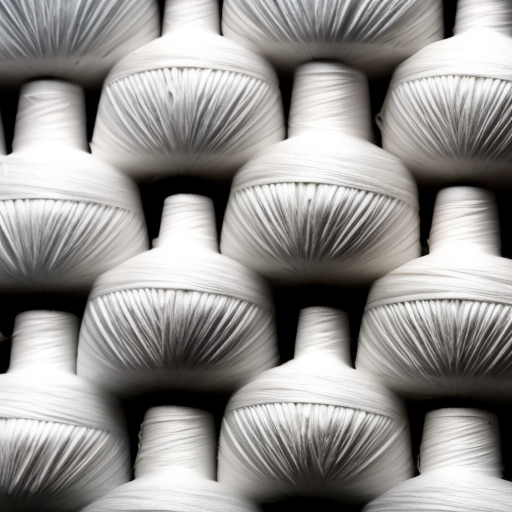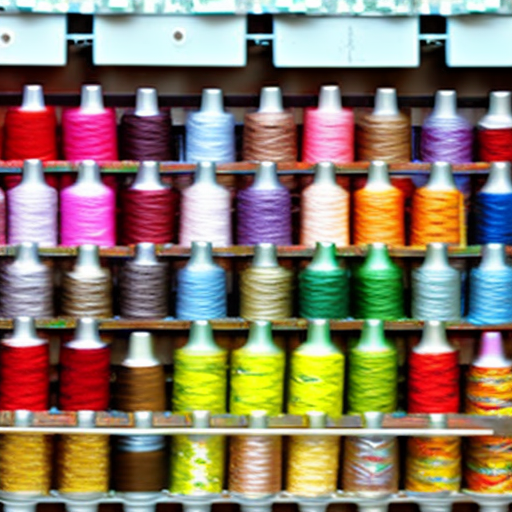
Whether you are a beginner or an experienced sewist, encountering broken sewing thread can be frustrating and disrupt your workflow. Understanding the reasons behind this common issue is crucial to prevent it from happening and ensure the quality of your sewing projects.
Possible Causes for Sewing Thread Breakage:
- Tension Issues: Incorrect thread tension is a common culprit. If the thread is too tight or too loose, it can lead to excessive stress on the thread, causing it to break.
- Low-Quality Thread: Using cheap or low-quality thread can increase the likelihood of breakage. Threads with weak fibers or inconsistent thickness may struggle to withstand the tension generated during sewing.
- Needle Problems: A dull or damaged needle can cause the thread to break. It is essential to use the correct needle size and replace it regularly to ensure smooth sewing.
- Thread Misalignment: Improper threading of the sewing machine, such as skipping the tension disks or missing guide points, can cause the thread to rub against various machine parts, resulting in breakage.
- Bobbin Winding: Inadequately wound bobbins can affect thread tension and cause breakage. Make sure the bobbin is evenly filled and properly inserted into the bobbin case.
- Fabric and Thread Mismatch: Using inappropriate thread for a particular fabric can lead to breakage. Ensure the thread weight and fiber content are suitable for the chosen fabric to avoid tension issues.
Tips to Prevent Sewing Thread Breakage:
To avoid encountering thread breakage during your sewing projects, consider these helpful tips:
- Maintain proper thread tension by adjusting the setting according to the sewing machine manual’s guidelines.
- Invest in high-quality thread that matches the requirements of your sewing project. Threads made from durable materials like polyester or cotton-wrapped polyester tend to be more reliable.
- Regularly change your sewing machine needle. A new needle ensures smoother fabric penetration and minimizes the risk of thread breakage.
- Take time to thread your machine correctly, following the proper thread path and ensuring the thread passes through all necessary guides and tension disks.
- When winding bobbins, ensure they are evenly filled and unwinding smoothly without any tangles or snags.
- Choose the appropriate thread weight and fiber type for the fabric being used. Finer fabrics generally require thinner threads, while heavier fabrics demand stronger threads.
By addressing these potential causes and implementing the prevention tips, you can significantly reduce sewing thread breakage and enjoy a smoother sewing experience. Take care of your equipment, use quality materials, and practice proper techniques to achieve successful sewing outcomes.





“I’ve gone through so many spools of thread trying to fix up my old dress!”
Kristina Monika: “It’s so frustrating when that happens, it feels like such a waste of time and money!”
It can be really frustrating when sewing thread keeps breaking, so it’s important to check the quality of the thread when purchasing it. Additionally, using the correct needle and sewing machine settings for the specific type of fabric being used can also help to decrease the risk of breakage.